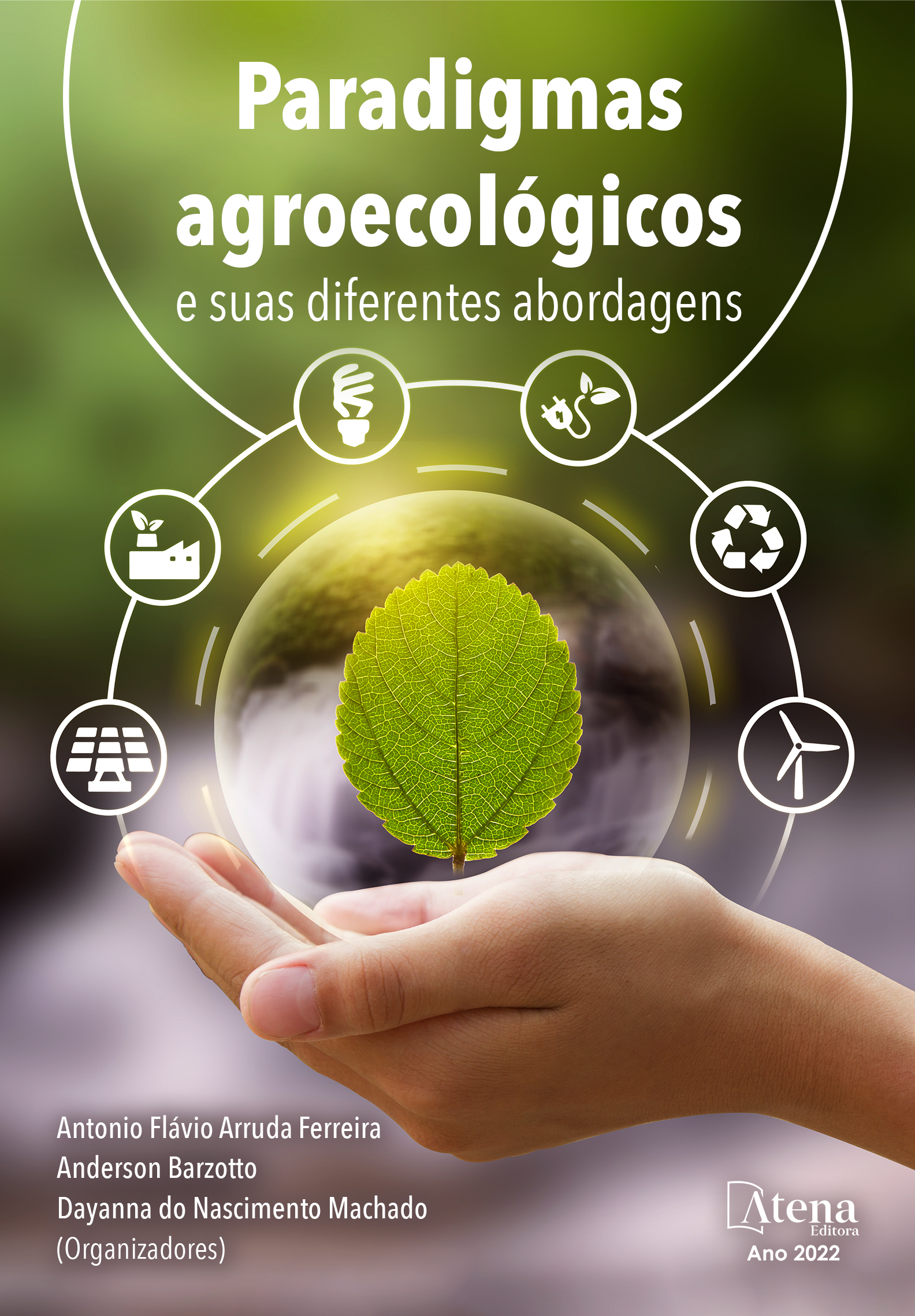
CONSÓRCIO ENTRE CEBOLINHA E SALSA PARA USO EFICIENTE DO SOLO E MAIOR RENTABILIDADE DE PRODUÇÃO
O cultivo consorciado de olerícolas vem sendo utilizado para fornecer melhor distribuição de renda para o produtor ao longo do tempo e aproveitando de forma mais eficiente os recursos naturais. Desta forma, objetiva-se com este trabalho avaliar a produtividade e a rentabilidade da cebolinha e salsa sob o cultivo solteiro e consorciado. O experimento foi realizado na Chácara Padre, localizada no município de Sorriso/MT, onde foram instalados canteiros com 1,4 x 24 metros (largura x comprimento) de cebolinha ‘Comum’ e a salsa 'Lisa', em cultivos solteiro e consorciado, arranjadas no delineamento experimental de blocos casualizados com quatro blocos. Foram avaliados aos 50 dias após o transplantio a altura, massa fresca e seca das plantas de cebolinha e salsa, bem como o rendimento de maço, produtividade, razão de área equivalente e rentabilidade de ambos os sistemas. A partir disso, pode-se observar que existe influência no crescimento das plantas entre o cultivo em solteiro e consócio, sendo as plantas cultivadas em solteiro com maior altura e massa, contudo a razão de área equivalente e a rentabilidade são maiores quando em consórcio. Assim, conclui-se que o consórcio entre cebolinha e salsa proporciona maior rendimento de maços, produtividade, uso eficiente do solo e rentabilidade por hectare.
CONSÓRCIO ENTRE CEBOLINHA E SALSA PARA USO EFICIENTE DO SOLO E MAIOR RENTABILIDADE DE PRODUÇÃO
-
DOI: 10.22533/at.ed.7212228018
-
Palavras-chave: Allium fistulosum; Petroselinum crispum; Olericultura; Produção
-
Keywords: Allium fistulosum; Petroselinum crispum; Horticulture; Production
-
Abstract:
The intercropping of vegetable crops has been used to provide a better income distribution for the producer over time and to make more efficient use of natural resources. Thus, the objective of this work is to evaluate the productivity and profitability of chives and parsley under single and intercropped cultivation. The experiment was carried out at Chácara Padre, located in the municipality of Sorriso/MT, where beds with 1.4 x 24 meters (width x length) of 'Common' chives and 'Lisa' parsley were installed in single and intercropped crops. arranged in a randomized block design with four blocks. At 50 days after transplanting, height, fresh and dry mass of chives and parsley plants, as well as bunch yield, yield, equivalent area ratio and profitability of both systems were evaluated. From this, it can be observed that there is influence on the growth of plants between the cultivation in single and intercropped, being the plants cultivated in single with greater height and mass, however the equivalent area ratio and profitability are greater when in intercropping. Thus, it is concluded that the intercropping between chives and parsley provides greater yield of bunches, productivity, efficient use of the soil and profitability per hectare.
-
Número de páginas: 14
- Anderson Barzotto
- Dayanna do Nascimento Machado
- Felipe Santiago Gerhardt
- Antonio Flávio Arruda Ferreira


